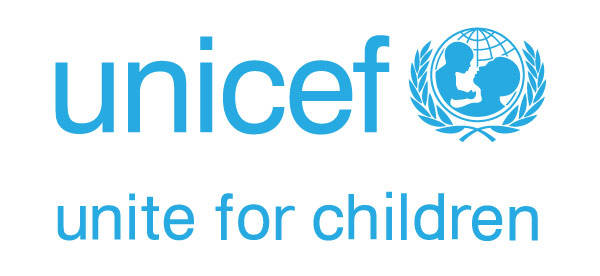UNICEF cash transfer: What next?
The United Nations Children’s Fund (UNICEF) which was created by the UN-General Assembly on 11 December 1946 to provide succour to underprivileged children and mothers originally in countries devastated by World War II, is extensively in its characteristic interventions making headway, touching more lives. A two-day media dialogue on Educate-A-Child (EAC) Cash Transfer Programme in […]

The United Nations Children’s Fund (UNICEF) which was created by the UN-General Assembly on 11 December 1946 to provide succour to underprivileged children and mothers originally in countries devastated by World War II, is extensively in its characteristic interventions making headway, touching more lives. A two-day media dialogue on Educate-A-Child (EAC) Cash Transfer Programme in Birnin-Kebbi, Kebbi State on 8-9 April, 2019 unwittingly exposed extreme wickedness, exploitation and egotism of the ruling class against the people.
An exploratory field-trip by about 40 journalists representing a diverse range of frontline media outlets in the country alongside related government agencies particularly Federal Ministry of Information and Culture and Federal Ministry of Education which climaxed the summit compellingly raised critical questions for political leaders vis-à-vis future of the society. In brief, is democracy pragmatically a representative government or abysmally, survival-of-the-fittest scheme?
However, a question that may curiously reasonably come from officious bystanders is; why the Cash Transfer Programme (CTP)? Could an arm of the UN still be dishing out cash in 21st century for effectual economic empowerment? And if affirmative, to what extent can such initiative go considering that in a society like Nigeria, majority lives below average? And how much can the global agency afford for a significant impact to its beneficiaries? Remember, in 2018, a report by Brookings Institution had pigeonholed Nigeria as the nation with the highest number of extremely poor people. Factual or otherwise; a story for another day. However, the bottom line is – the polity direly calls for strategic synergic interventions.
An American labour leader, attorney and president of the 1.7 million-member American Federation of Teachers, AFL-CIO, which represents teachers, paraprofessionals and school-related personnel, Randi Weingarten, once said, “A rich, robust, well-resourced public education is one of the best routes out of poverty and a pathway to prosperity”. Then again, former UN scribe, Kofi Annan on one occasion said, “Extreme poverty anywhere is a threat to human security everywhere”. By these remarks, the concept of UNICEF-CTP is largely buttressed.
Arguably, President Muhammadu Buhari’s innovative policy on child-education synchronically complements the UNICEF Educate-A-Child initiative. For example, while UNICEF-CTP encourages mothers to enroll their children in schools alongside provides supports for basic school needs, Buhari’s School-Feeding-Programme on the other hand, convivially boosts pupils’ interests vis-à-vis attendance in school. These strategically designed mechanisms are therefore, phenomenally compatible. Any meaningful fight against poverty demands multi-dimensional tactics and collective responsibility.
The cheering account of the field-trip to Kawara-Manu Model Primary School, in Maiyama LGA, Birnin-Kebbi; a beneficiary-school of the UNICEF CTP, Cash-Transfer-Programme is significantly, exponentially yielding the target goals; promoting child-education with pupils’ population multiplying in triples. The bad news, on the other hand – the positive result is tragically metamorphosing to a secondary crisis which requires a state of emergency.
To be straightforward, the classrooms and teachers are consequently insufficient to meet the upsurges. A classroom that designedly accommodates maximum of 30 pupils presently disgustingly squeezes over 100 pupils sitting on the floor as chairs impede available spaces. Imagine a breakout of infectious disease, apparently, no child will escape due to their proximity. Parenthetically, how would a teacher effectively control such a high number of pupils? Thus, the goals invariably may be defeated if not complementarily remedied. Nevertheless, the momentum should be sustained.
These quagmires bring us to; “What next after CTP?” UNICEF target is clearly to inculcate the idea to policy-makers, and never to takeover governments’ responsibilities. Indisputably, UNICEF cannot fund the programme eternally but as presently operative, a timeframe of two years for an area due to financial implications. Similarly, Buhari’s feeding programme is yet to spread to the entire nation, hence, if left for the federal government alone, it may realistically suffer defects. Thus, exclusion of children’s development in the security votes is fundamentally a gaffe. Loudly! Security vote isn’t only for physical security, social security is prominently inclusive. Possibly, state governments could, in addition judiciously constitute Security Trust Fund particularly to replicate UNICEF-EAC policy as a proactive security strategy. Knowledge is power.
Umegboro is a public affairs analyst
